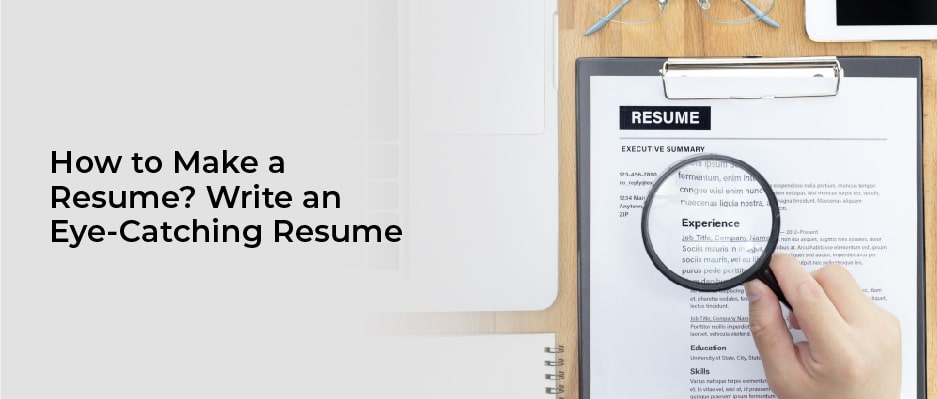Table of Contents
How to make a resume? When you’re applying for a job, your resume is one of the most important tools in your toolkit. It’s your chance to show off your skills and experience, and convince the hiring manager that you’re the perfect candidate for the job.
To make sure you make the best possible impression, follow these tips for creating a winning resume:
Start with Proper Resume Formatting
Your resume is the first impression a potential employer has of you, so it’s important to make sure it’s formatted correctly. Here are some tips for proper resume formatting:
- Use a standard font, such as Times New Roman or Arial.
- Keep the font size at 11 or 12 points.
- Use black ink and white paper.
- Margins should be 1 inch on all sides.
- Start with your name and contact information at the top of the page.
- List your education and work experience in reverse chronological order, starting with the most recent experience or education first.
- Keep each entry brief – no more than 2-3 lines per item.
- Use action verbs to describe your experience and accomplishments.
Write an Eye-Catching Resume Summary or Objective
When it comes to making a resume, many people think that the process is difficult and overwhelming. However, if you take the time to plan and organize your information correctly, the task can be much easier than you think. In this article, we will provide tips on how to write an eye-catching resume summary or objective.
The first step is to choose the right type of resume for your situation. There are three main categories of resumes: chronological, functional, and combination. Chronological CVs list your work experience in reverse chronological order, starting with your most recent position. Functional resumes focus on your skills and abilities rather than on your work history. Combination CVs are a mix of both formats.
Once you have chosen the right type of resume, it is important to tailor it to fit the job you are applying for.
Show Achievements in Your Resume Work History
When creating a resume, it is important to show off your achievements in your work history. This can be done by emphasizing your key accomplishments and skills. You can also highlight promotions you have received and awards you have won.
By doing this, potential employers will see that you are qualified for the position they are hiring for. Additionally, it is important to be specific when describing your work experience. Use numbers and concrete examples to showcase your skills and accomplishments. Doing this will help employers see that you are a great fit for the job opening.
Use Your Education to Your Advantage
When you’re making a resume, it’s important to use your education to your advantage. After all, that’s one of the main things that employers look at when they’re considering candidates. So how can you make sure that your education shines through on your resume?
First, start by including the name of the school you attended and the degree you earned. Next, list any honors or awards you received while in school. Finally, don’t forget to mention any relevant coursework or projects that you completed.
All of this information will help to show potential employers that you have the skills and qualifications they are looking for. And it will help set you apart from other candidates who may not have as much education experience.
List out the Most Relevant Professional Skills on Your Resume
When you’re applying for a job, your resume is one of the most important tools in your toolkit. A well-crafted CV can help you stand out from the competition and land an interview. But how do you create a resume that will make the most impact?
One key factor is to focus on your professional skills. When you list your skills on your resume, make sure to choose the ones that are most relevant to the job you’re applying for. Here are some tips on how to highlight your professional skills:
- Start by creating a list of your strongest skills. This can include things like writing, public speaking, problem solving, and so on.
- Next, target the skills that are relevant to the job you’re applying for.
Include Additional Sections on Your Resume
A curriculum vitae is a summary of your qualifications, education, and experience. It is a tool to help you find a job. Your resume should be tailored to the job you are applying for.
There are three main kinds of resumes: chronological, functional, and combination. Chronological CVs list your work experience in reverse chronological order. Functional resumes focus on your skills and abilities rather than on your work history. Combination resumes list your skills and experience together.
Your resume should include the following sections: contact information, objective or summary, education, work experience, skills, and additional sections (such as honors and awards, publications, etc.).
Contact information should contain your name, address, phone number, and email address. The objective or summary should briefly state what type of job you are looking for and what you can offer a potential employer.

